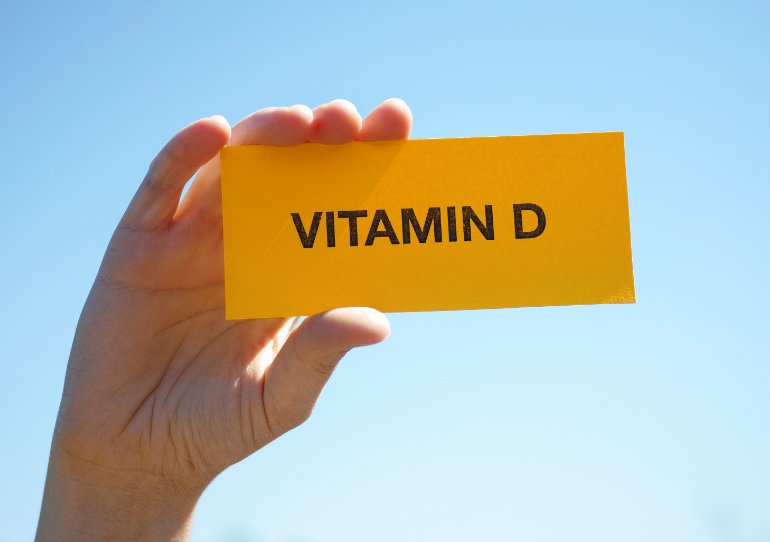- Home
- Editorial
- News
- Practice Guidelines
- Anesthesiology Guidelines
- Cancer Guidelines
- Cardiac Sciences Guidelines
- Critical Care Guidelines
- Dentistry Guidelines
- Dermatology Guidelines
- Diabetes and Endo Guidelines
- Diagnostics Guidelines
- ENT Guidelines
- Featured Practice Guidelines
- Gastroenterology Guidelines
- Geriatrics Guidelines
- Medicine Guidelines
- Nephrology Guidelines
- Neurosciences Guidelines
- Obs and Gynae Guidelines
- Ophthalmology Guidelines
- Orthopaedics Guidelines
- Paediatrics Guidelines
- Psychiatry Guidelines
- Pulmonology Guidelines
- Radiology Guidelines
- Surgery Guidelines
- Urology Guidelines
Vitamin D signalling in Muscle cells improves muscle size and strength, finds study

Researchers at The Westmead Institute for Medical Research have found that vitamin D has a significant role in muscle cells and its signalling is needed for normal muscle size and strength. The study has been published in the Journal of Cachexia, Sarcopenia and Muscle.
Researchers found that missing the vitamin D receptor only in myocytes (muscle cells) leads to smaller muscles with less strength in a mice study. There was also a significantly decreased running speed in ones with less Vitamin D and they didn’t run as far as mice with normal vitamin D action.
Lead researcher, Professor Jenny Gunton says, “For a long time, we have known that vitamin D deficiency is associated with muscle weakness and greater risk of falls and fractures. However, whether vitamin D played a direct role in muscle wasn’t known.
Vitamin D is a fascinating and attractive molecule that has gained particular attention in medicine in recent years. Its immunomodulatory and anti-inflammatory potential might resemble the activity of many nature-derived molecules (eg, flavonoids), but its role in biology was selected during a long evolutionary pathway to dampen the damaging effect of the cell stress response and of the immune reaction. In this sense, this molecule can be considered an ancient hormone that serves, in its primary role, as a pro-survival agent.
“We show that vitamin D receptor is present in low levels in normal muscle, and our study found that deleting muscle cell vitamin D receptors had important effects on muscle function.”
Professor Gunton says that, compared to a previous study she conducted that looked at mice missing vitamin D receptors across their whole body, this new study has highlighted some important differences.
“We found that mice missing muscle cell vitamin D receptors had normal body size but less muscle mass and more fat mass.
“In terms of choosing to run on a wheel in their cage, the mice had shorter running distance and slower speed. These might contribute to the lower muscle mass and increase in fat.
“In terms of muscle strength, these mice also had a significantly decreased grip strength from a very early age.”
While more research is needed, Professor Gunton says that these results suggest that maintaining normal vitamin D signalling in muscle is important for preserving muscle bulk and function.
“These findings also have the potential to open up avenues to pursue new therapies that target muscle cell vitamin D receptors. These therapies could help to address or prevent age-related sarcopenia (degenerative loss of skeletal muscle mass) and other disorders related to muscle function.”

Disclaimer: This site is primarily intended for healthcare professionals. Any content/information on this website does not replace the advice of medical and/or health professionals and should not be construed as medical/diagnostic advice/endorsement or prescription. Use of this site is subject to our terms of use, privacy policy, advertisement policy. © 2020 Minerva Medical Treatment Pvt Ltd